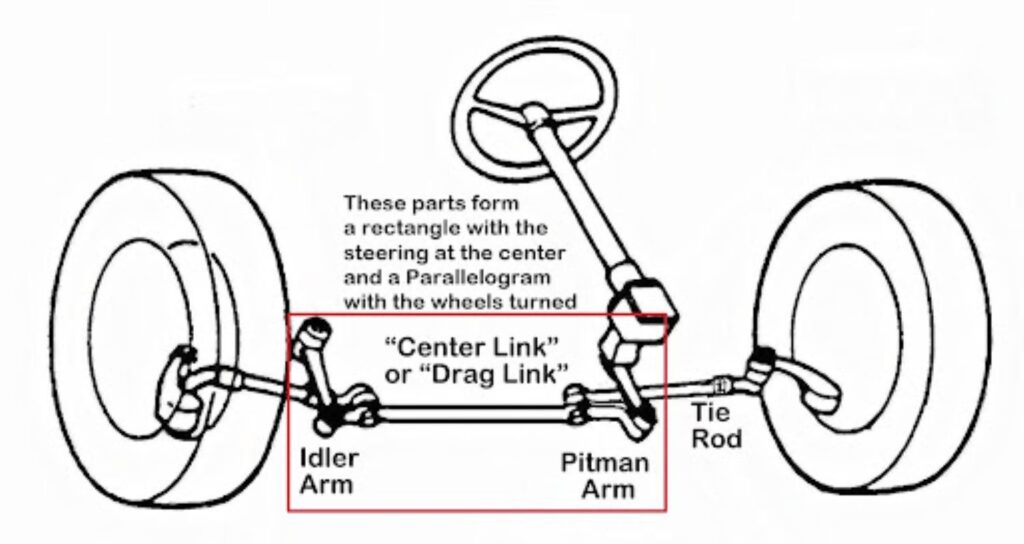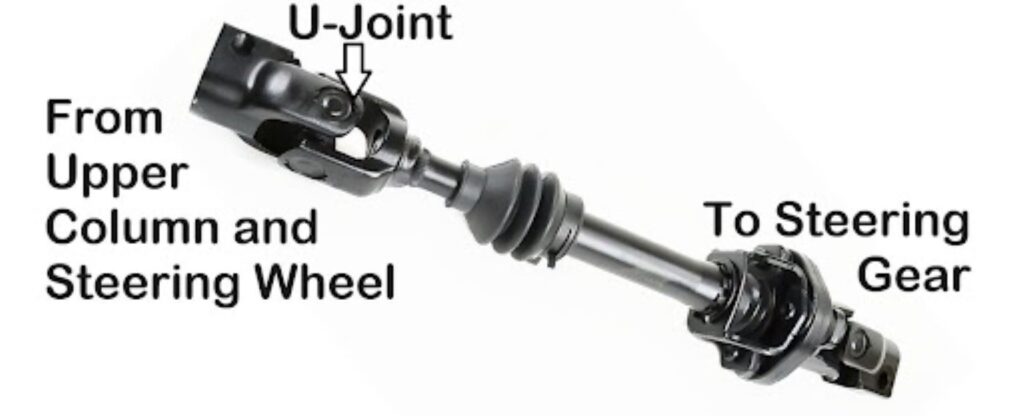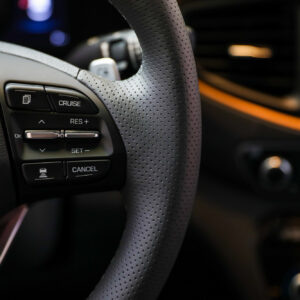One of the biggest problems a driver can experience is a loose steering wheel because it makes it so much easier to lose control of the trajectory.
Driving a vehicle with excessive play is as frustrating as it is dangerous. Not only does it increase the risk of getting into an accident, it’s also a clear sign there’s something wrong with your vehicle. After all, excessive steering play typically indicates damaged steering components.
But what exactly is excessive play, and what are its major causes?
What Is Excessive Play?
Excessive play refers to when the steering wheel feels loose. It typically forces the driver to overcompensate while steering to maintain trajectory. If your vehicle has excessive play, you need to stay vigilant and make constant corrections to avoid spinning out of control.
There are many potential causes behind excessive play, each of them attributed to worn-out and malfunctioning parts.
How to Diagnose Excessive Play on the Steering Wheel
When the vehicle is sitting still and you can turn the wheel back and forth two or more inches without changing the steering angle of the wheels, you have play in the steering. That much play can cause problems when the vehicle is moving.
If you want to see where the steering play is happening, lie under the front of the car (engine off, park brake set) and watch the steering parts while an assistant moves the steering wheel back and forth. You’ll usually see where the problem is. Have a good light with you so you can watch carefully.
If you want to see where the steering play is happening, lie under the front of the car (engine off, park brake set) and watch the steering parts while an assistant moves the steering wheel back and forth.
–Richard McCuistian, ASE Certified Master Automobile Technician
What Causes Excessive Play When Driving?
First, it depends on what kind of steering system the vehicle has. Parallelogram steering has a gearbox connecting the steering column to the pitman arm, which in turn is connected to the center link, the other end of which is carried by the idler arm. Each end of the center link is connected to a tie rod that transmits steering movement to the steering knuckles.
The steering knuckles have a spindle. The axis around which the wheel spins as it carries the vehicle. The vertical steering axis passes through the lower ball joint and the upper ball joint or through the lower ball joint and up through the center of the strut, which has a bearing at the top to allow the steering knuckles and the front wheels to turn.

Common causes of excessive free play when driving include bad pitman arms, a loose intermediate shaft, a steering gear or rack that has come loose from the body or frame, a damaged steering column, and worn, loose tie rod ends. The “rag joint” on an older steering column can fail and cause steering play, but this is easy to spot if you have an assistant moving the wheel.
Bad Pitman Arms
The pitman arm transfers the driver’s steering wheel input to the steering linkage to turn the wheels. However, don’t be confused: pitman arms are only found on parallelogram steering systems as described above and there is only one pitman arm on a vehicle. The companion arm is the “idler arm,” and if it’s worn out, it can cause steering play issues as well. Steering gears on these types of systems have an adjustment for play, so there’s that, too.
Damaged Steering Column
The steering column transmits input from the steering wheel to the steering rack or the steering gear, depending on which type of steering your vehicle has.

A damaged steering column not only makes it more difficult to control your vehicle, but you might also hear loud grinding noises when you drive.
If you suspect this part to be the culprit behind your vehicle’s excessive play, inspect the steering column for signs of damage. Odds are you’ll need to replace it if it’s worn or weathered.
Worn Tie Rods
A minor cause for excessive play on the steering wheel is worn tie rods, but outer tie rods can only have a small amount of play even if they’re worn out. Inner tie rod ends that connect to the steering rack can have a bit more play than the outer ones. Tie rods take damage the more a vehicle is driven, absorbing the impact and vibrations on the road.
The more a tie rod wears out, the more difficult it is for the wheels to remain in place. This makes steering the vehicle feel lighter, leading to excessive steering play and unevenly worn tires.
Can You Fix Excessive Free Play on the Steering Wheel By Yourself?
Well, that depends on where the problem is. If you’ve done any DIY front-end work before, you can replace a pitman arm (a puller is required) or an idler arm (which must be separated from the center link). Tie rod ends are fairly easy to replace, but you have to make sure you assemble the new tie rods as near the same length as the old ones as possible.
The intermediate shaft isn’t usually that difficult to replace, so you should be able to handle this with no special tools, but make sure to center the steering wheel and remove the key so it’ll remain locked and you won’t inadvertently damage the airbag clockspring. Some of the other issues, like replacing the steering rack or steering gear might be best handled by a shop.
Can You Drive With Excessive Play?
You should not drive a vehicle with excessive play. While a lot of people drive with play in their steering, it’s not a good idea. If the play you feel comes about suddenly, you should get the vehicle to a safe place off the road as quickly as possible and have it checked. But don’t be lulled into thinking you can continue to ignore loose steering.
Any information provided on this Website is for informational purposes only and is not intended to replace consultation with a professional mechanic. The accuracy and timeliness of the information may change from the time of publication.

































